Fire Scarab
Seasons? The only seasons I know of is hot season, fire season, and earthquake season. And those damn bugs are responsible for all of them!
Anatomy & Physiology
Appearance
|
Fire Scarabs are a large beetle that is only found in the Da'ja Desert. They have a hard exoskeleton and have distinct characteristics between the males and females. Males are smaller and are black with an iridescent color sheen. They also have a unique horn like structure on its head. The females are larger and range from a deep purple to a pale blue in color.
|
Behavior
Fire Scarabs are nocturnal insects and live in colonies of anywhere from a few thousand to tens of thousands members. The males are more active than the females. The females spend most of their life hibernating underground in tunnels that males dig out. The males provide care and protection to the females during their hibernation season.
Every 10 years, triggered by the earthquakes that happen along the Ko'ten Ridge in the Ashen Plains, the females will wake and the males and females alike will begin the journey to the Ashen Plains to start their mating season.
Every 10 years, triggered by the earthquakes that happen along the Ko'ten Ridge in the Ashen Plains, the females will wake and the males and females alike will begin the journey to the Ashen Plains to start their mating season.
Reproduction
In order to attract a mate, the male has a unique feature. Their body emits a flammable oil-like substance on its shell and it will strike its hind legs together to create a spark and light the substance. The pheromones of a mate ready female triggers the release of the oil substance for the males, signaling mating season. When the male finds a female it is interested in it will ignite the oils and will be ablaze between 2 to 10 mins. The length and the brightness of the males fire will determine his success in finding a mate.
After the egg-laden famale becomes fertile, she will lay clusters of thousands of bright orange eggs along the rocky crevices of black obsidian veins, where the larvea will then feed on the mineral. After the laying has been completed the males and females alike, along with the new adults from the previous season, will take the journey back to their home in the desert. |
Ecology
Habitat
|
Fire Scarabs live exclusively in the heart of the Da'ja Desert. Only once every 10 years do they make the journey to their breeding grounds in the Ashen Plains. The male beetles in a colony work together to create a large elaborate tunnel systems that house the females and protect them from the elements and predators. The males will hunt along the sands and collect what little water there is during the night.
|
Dietary Needs
The primary diet of the Fire Scarab is black obsidian. The beetle larvae and juvenile adults will feed on the mineral for almost a full decade before they will join the older adults to the desert. Adult males will eat smaller insects, occassional vegetation that is found or in desperate situations they will feast on weaker males or females. Adult females only feed after the laying season. They feed on eggs or larvae that didn't make it from the previous season and on their return journey they will consume as much necture that is avaliable from Glass Cacti before they go back into hibernation.
Average Lifespan
15 - 20 years
Average Length
3 to 4 inches
Group Name
Swarm
Geographical Distribution
Da'ja Desert
Ashen Plains
Diet
Black Obsidian
Glass Cactus
Natural Predators
Quill Hound
15 - 20 years
Average Length
3 to 4 inches
Group Name
Swarm
Geographical Distribution
Da'ja Desert
Ashen Plains
Diet
Black Obsidian
Glass Cactus
Natural Predators
Quill Hound
Uses, Byproducts & Exploitation
Spark Mince
Spark Mince is a delicacy in Da'ja and Espye. It is made from the unfertilized eggs of the Fire Scarab. Just before the female beetles come out of hibernation, harvesters will go to the known nest locations of the beetles and dig up the hibernating females and harvest the eggs. Spark Mince is commonly used in etheri temples as a ceremonial meal known to enhance ones abilities for a short while, specifically for the Etheri Enlightment Ceremony. It is also seen as a symbol of prestige and wealth, especially in other countries.
All content is original and was created by Chloe Southward (DaisyChick) unless stated otherwise.
Cover image:
by
Job Savelsberg on Unsplash


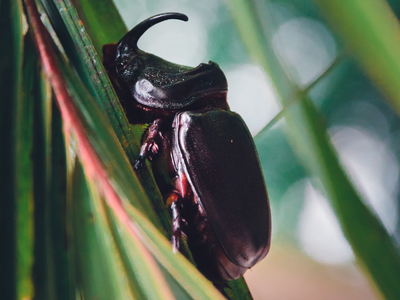
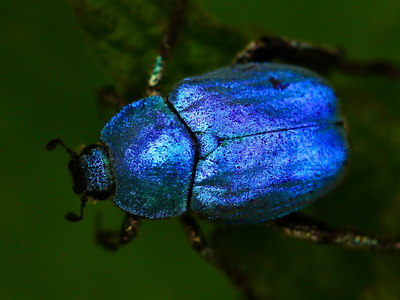
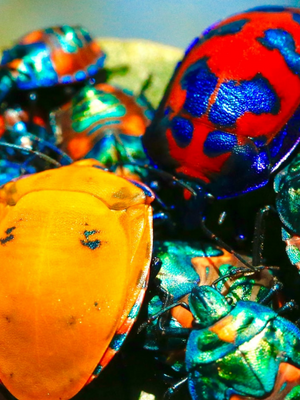

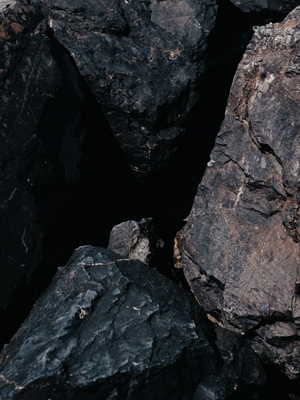
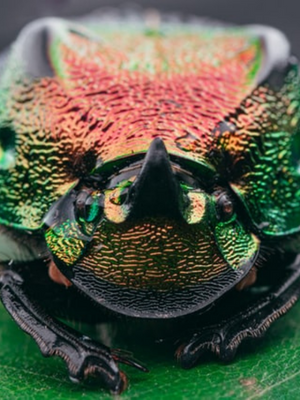
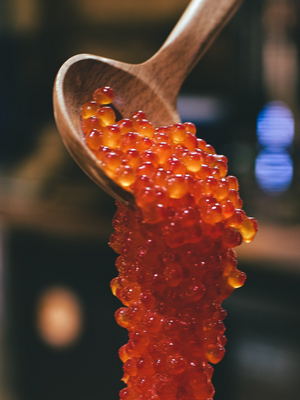

Comments